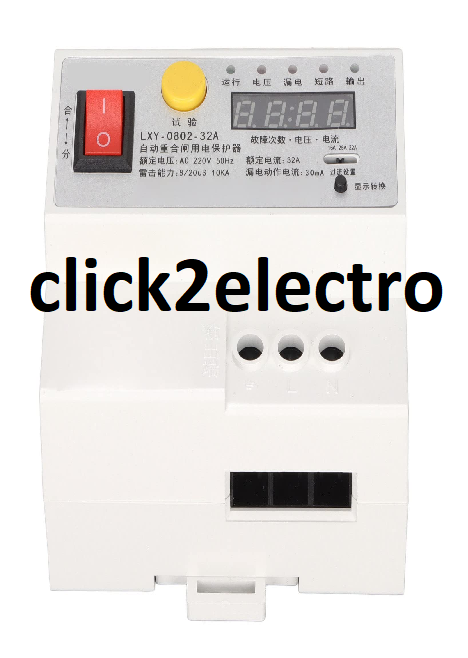An overcurrent breaker, commonly known as a circuit breaker, is a protective device used in electrical systems to automatically interrupt the flow of current when it exceeds a predetermined threshold. Circuit breakers are essential components in electrical distribution systems, providing protection against overcurrent conditions that can lead to equipment damage, fire hazards, and safety risks.

Here's how a circuit breaker works:
-
Current Sensing: Circuit breakers incorporate a mechanism to sense the current flowing through the circuit they protect. This is often achieved using a bi-metallic strip, an electromagnetic coil, or electronic sensors.
-
Threshold Setting: The circuit breaker is designed with a predetermined current rating, which represents the maximum current it can safely carry continuously without tripping. This rating is typically indicated on the breaker's label.
-
Tripping Mechanism: When the current exceeds the rated capacity of the circuit breaker, the internal mechanism activates, causing the breaker to trip and interrupt the flow of current. The tripping mechanism can be thermal, magnetic, or a combination of both.
-
Thermal Tripping: In thermal circuit breakers, the heat generated by the current flowing through the breaker causes a bi-metallic strip to bend, triggering the tripping mechanism when it reaches a critical temperature.
-
Magnetic Tripping: Magnetic circuit breakers utilize an electromagnetic coil that generates a magnetic field proportional to the current flowing through the breaker. When the current exceeds the magnetic trip threshold, the magnetic force causes the breaker to trip instantaneously.
-
-
Operation: Once tripped, the circuit breaker physically disconnects the circuit, opening the contacts to interrupt the flow of current. This protects the circuit and connected equipment from damage caused by overcurrent conditions.
-
Resetting: After the fault condition has been cleared and the circuit has been repaired or reset, the circuit breaker must be manually reset by toggling the handle to the "off" position and then back to the "on" position. Some circuit breakers offer remote or automatic resetting capabilities.
Circuit breakers come in various types and sizes to suit different applications, including residential, commercial, and industrial settings. They offer advantages such as convenience, reliability, and the ability to be reset after tripping, unlike fuses which need to be replaced.
